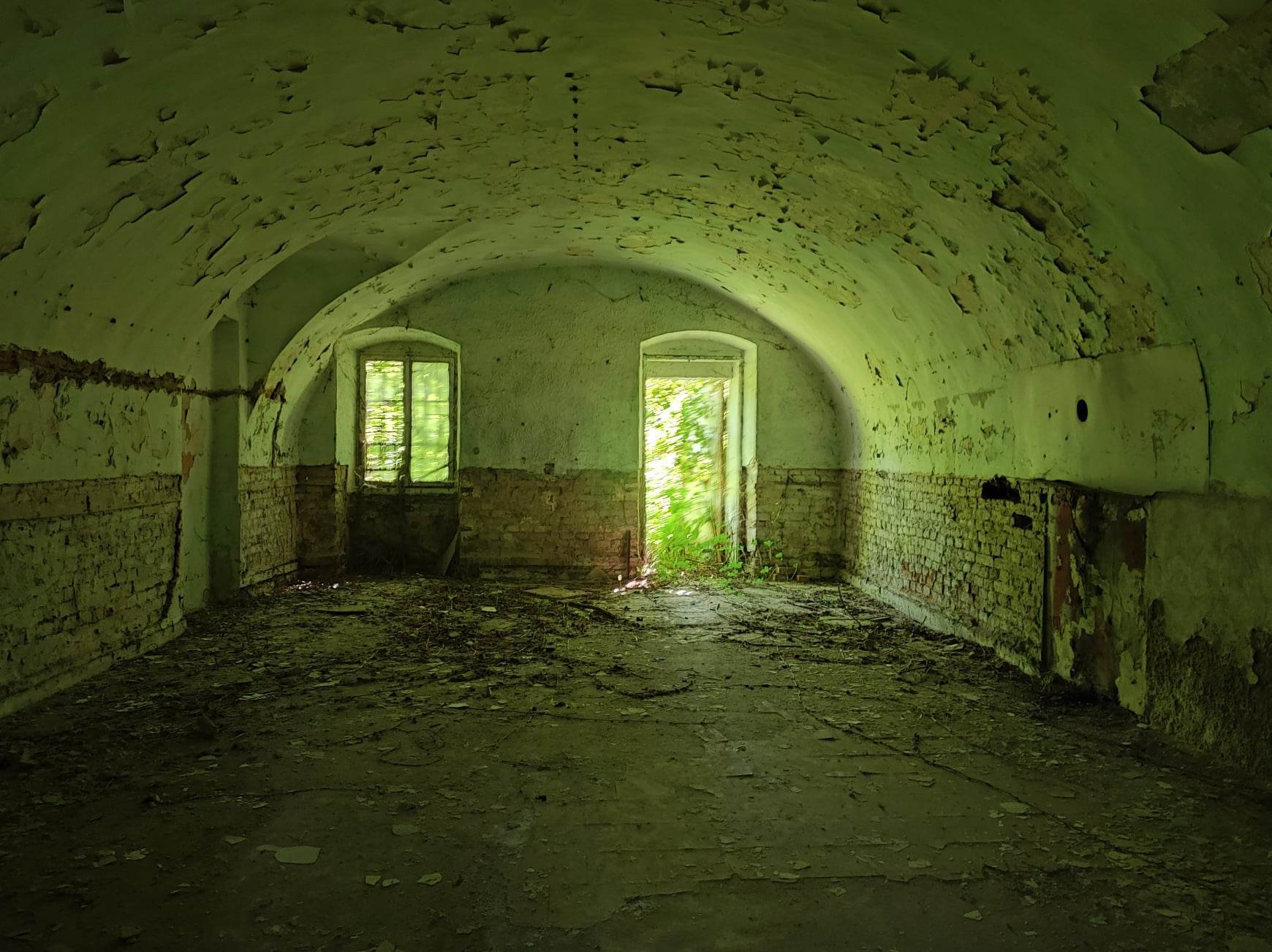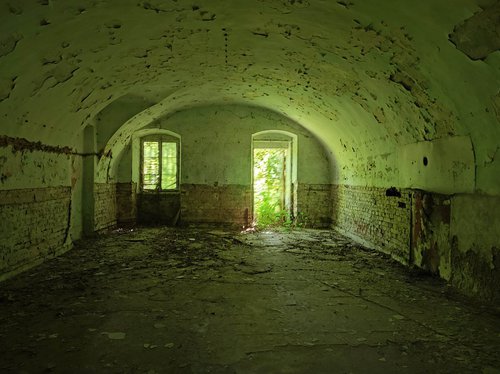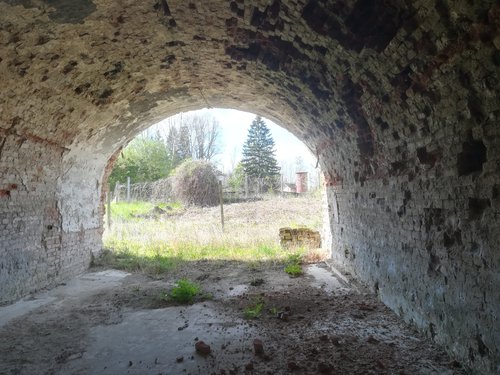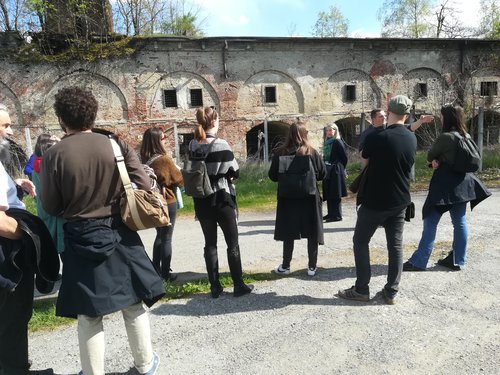BMO / Online kampanja - Stara Gradiška, Hrvatska

Attack on Kingdom of Yugoslavia and establishment of NDH (Independent State of Croatia)
On April 6, 1941, the joint German, Italian, Hungarian and Bulgarian armed forces attacked the Kingdom of Yugoslavia. The “April war” lasted for a mere ten days, during which time the Kingdom of Yugoslavia ceased to exist as a territorial state. Its king and government emigrated to Great Britain, and on April 17, 1941, the representatives of the Royal Yugoslav Army signed an unconditional surrender. Slovenia was occupied, after which it was divided between Germany, Italy and Hungary. In line with an agreement between Germany and Italy, the puppet-Independent State of Croatia (NDH) was declared, covering the central area of the Kingdom of Yugoslavia. Hungary occupied Baranja and annexed Međimurje. On May 18,1941, the fascist Italy, which had held Istria and its islands since 1920, annexed parts of the Kvarner Littoral and the Gorski Kotar region (the Sušak, Kastav, Čabar districts, as well as the western part of the Delnice district, the town of Bakar and the Krk and Rab islands), annexing them to the then-Kvarner province whose administrative centre was the city of Rijeka.
The camp system in NDH
The first legal provisions of Independent State of Croatia (NDH) manifested its acceptance of the ideologocal guidelines of German Nazism and Italian Fascism, with an emphasis on Croatia's national and state specificities. The camp system in NDH started to take shape as early as April and May 1941. Concentration Camps were places of isolation, confinment, forced labour, and liquidation based on the racial laws and legal decrees that discriminated Serbs, Jews and Roma, as well as political opponents, primarily Communists and anti-Fascists regardless of their racial or religious affiliation, and also served to intern the members of their families for retaliation purpose.
The camp of Jasenovac was the largest Ustasha camp, both in terms of area it occupied and in the number of killed persons, operating
almost throughout the exsistence of NDH (from August 1941 - April 22nd 1945). It was a place of interment, forced labour and liquidation, primarily of the Serbian Ortodox population, which was to be completely eradicated from the territory of NDH in order to create an ethnically pure state, as well as Jews and Roma as populations discriminated by the racial laws.
Before the end of 1941, the Stara Gradiška Penitentiary, not far from Jasenovac, served the Ustasha authorities both as penitentiary and as collection place for internment. In February 1942 Penitentiary was transformed in Camp. The main difference with regard to the Jasenovac camp was that there were numerous anti-Fascists, communists and members of the League of Communist Youth of Yugoslavia (SKOJ), members and associates of People's Liberation Movement from all over Croatia and Bosnia-Hercegovina, women (Croats, Jews and Serbs and from June 1942 also children, mostly Serbs.

Kozara offensive
After the successful Wermacht and collaborating forces (Ustasha, Domobrans, Chetnics) offensive against Partisans in the area of Kozara during June and July 1942 (also known as Operation West Bosnien), a large number of people were killed on the spot and the rest captured. Of approximately 70,000 mostly Serbian people who ended in various camps, more than 20,000 children were taken, mostly to the Jasenovac camp complex and Stara Gradiška camp, where many of them perished. A large number of captives (men, women and older children) were deported to labour camps in Germany and Norway. Consequently, several thousand Serbian children (from infants to children aged 14) were taken away from their mothers before their deportation and left on their own with no care at all. Many have been kept in Stara Gradiška concentration camp.
Diana Budisavljević action
Some have been saved by Diana Budisavljević and her colleagues. She led very complex private operation, known under the German title of “Aktion Diana Budisavljević”, launched in October 1941 in attempt to support women and children first in Loborgrad and later in other Ustasha camps. When she heard for children left without their mothers she seeked way to save them. With her team she entered Stara Gradiška on July 10 1942. She saved thousands of children.


Texts are from Exhibition "If I forget you" by Nataša Mataušić, author of concept and text, organised by Croatian History Museum and Croatian State Archive (2020) and "Diana Budisavljević prešućena heroina Drugog svjetskog rata" by Nataša Mataušić, Profil, Zagreb (2020).
Photos: Alice Straniero

